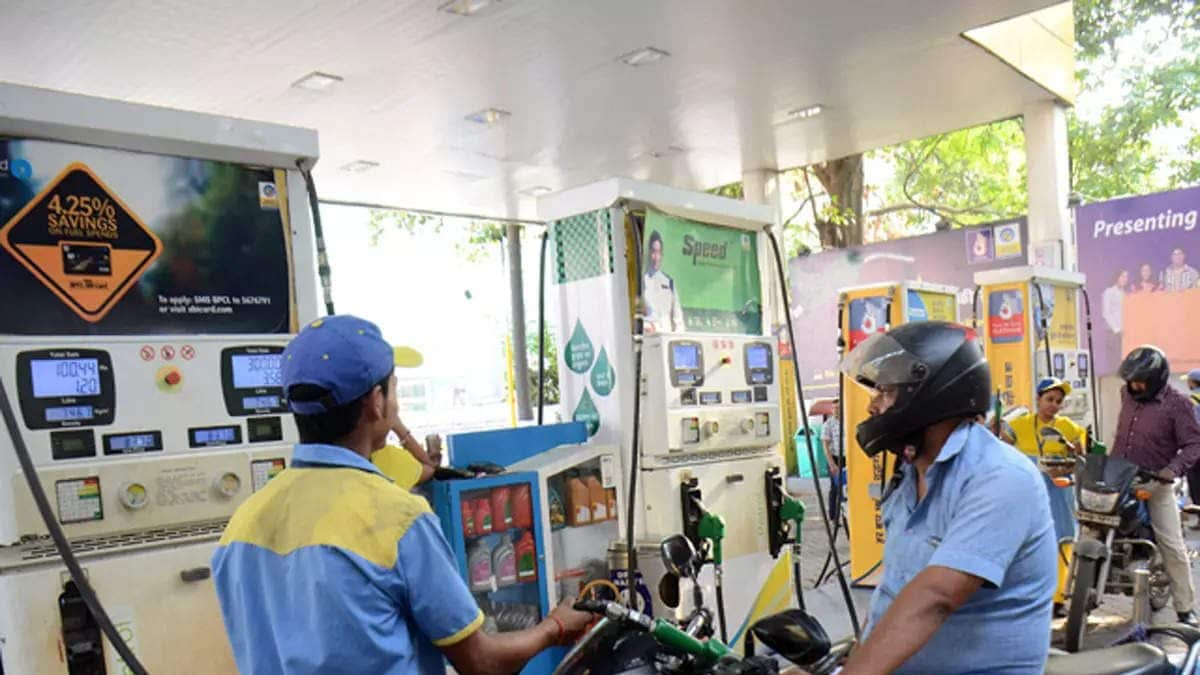The daily fluctuation of petrol and diesel prices is a significant factor in the Indian economy, impacting both consumers and businesses. Every morning at 6 a.m., oil marketing companies (OMCs) revise these prices, a process reflecting the dynamic interplay of global crude oil prices, fluctuating exchange rates, and government regulations. This daily update, while providing transparency, also underlines the complexity of the factors determining the cost of fuel at the pump, a cost which, unlike many other essential commodities, remains relatively uncontrolled. This constant adjustment necessitates a deep understanding of the various economic and political influences at play to fully grasp the implications of these daily price changes. This article will explore the key determinants of petrol and diesel prices in India, focusing on the interconnectedness of international markets, government policies, and domestic economic conditions.
Factors Influencing Petrol and Diesel Prices in India
The pricing mechanism for petrol and diesel in India isn’t simply a matter of supply and demand; it’s a complex matrix of interacting forces. Several interconnected factors contribute to the daily price adjustments, impacting the final cost consumers pay at the gas station. These elements work in concert, often amplifying or mitigating each other’s effects, resulting in unpredictable price swings. Understanding these factors is crucial for both consumers, who need to budget for fuel, and businesses, which need to factor these costs into their pricing and planning.
The Role of Crude Oil Prices
The most fundamental determinant of petrol and diesel prices is undoubtedly the global price of crude oil. As the primary raw material, any increase or decrease in crude oil’s value directly translates to changes in fuel costs. Global events, geopolitical instability, production quotas from OPEC (Organization of the Petroleum Exporting Countries), and unexpected disruptions like natural disasters or wars all contribute to significant price volatility in the crude oil market. This volatility is immediately felt in India, a major importer of crude oil, magnifying the effects of these international shifts on domestic fuel prices. The dependence on imported crude oil makes India particularly vulnerable to global price fluctuations.
The Impact of Exchange Rates
Another significant player in India’s fuel pricing equation is the exchange rate between the Indian Rupee (INR) and the US dollar (USD). Crude oil is primarily traded in USD, meaning that fluctuations in the exchange rate directly affect the cost of imports for India. A weakening rupee relative to the dollar makes imports more expensive, translating to higher petrol and diesel prices, even if the crude oil price in USD remains constant. Conversely, a strengthening rupee can moderate fuel costs. Therefore, monitoring the performance of the INR against the USD is just as crucial as observing crude oil price movements for understanding price trends in the Indian fuel market.
Taxation and its Influence on Prices
Taxes form a substantial portion of the final petrol and diesel prices in India. Both the central government and individual state governments levy excise duties and Value Added Tax (VAT), respectively. These taxes, however, are not uniform across the country; they differ between states based on their respective fiscal policies and priorities. This variability in taxation contributes to the price discrepancies observed across different regions of the country, further emphasizing the impact of government policies on daily fuel costs. Changes in tax rates, even minor adjustments, can significantly influence prices at the retail level.
The Stability of Fuel Prices Since 2022
Since May 2022, India has witnessed a period of relative stability in petrol and diesel prices, a welcome respite from the previous period of rapid fluctuations. This relative calm can be attributed to a number of factors, primarily the reduction in fuel taxes undertaken by both the central and several state governments. This reduction acted as a buffer against escalating global crude oil prices, mitigating the impact of price increases at the consumer level. The stabilization underscores the influence of government intervention in managing the volatility of fuel prices.
The Government’s Role in Price Control
The government plays a crucial role in influencing petrol and diesel prices through a combination of tax policies, base pricing mechanisms, and in some instances, through price caps. By adjusting excise duties, the government can significantly impact the final cost. The level of government intervention represents a delicate balance, needing to consider consumer affordability while maintaining the financial health of fuel producers.
Conclusion: Understanding the Interconnected Factors
The price of petrol and diesel in India is a complex reflection of global economic forces, domestic economic policies, and fluctuating international relations. The daily adjustment of prices, driven by global crude oil prices and exchange rate variations, underscores the necessity for both consumers and businesses to monitor these factors closely. An understanding of how crude oil price movements, exchange rates, and government tax policies intertwine is vital for anyone seeking to forecast or manage the impact of fuel prices. The relative price stability since May 2022 showcases the considerable effect of targeted government interventions.
Takeaway Points
- Global crude oil prices remain the dominant factor affecting Indian fuel prices.
- Fluctuations in the INR/USD exchange rate significantly impact import costs.
- Taxes levied by the central and state governments play a crucial role in the final retail price.
- Government intervention, such as reductions in taxes, can effectively moderate price volatility.
- Understanding the interplay between these factors is crucial for managing personal budgets and business planning.









